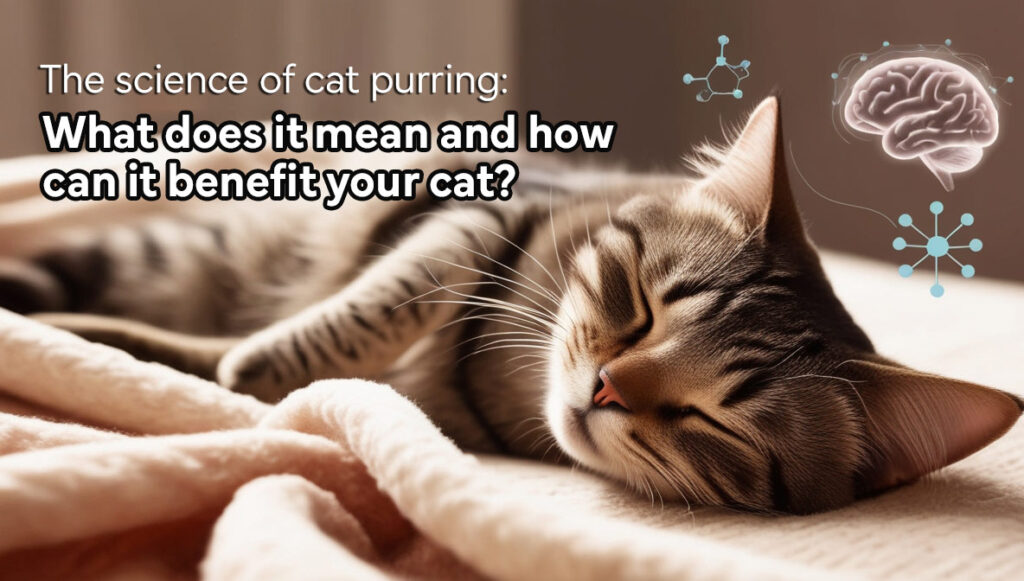Cat purring is one of those delightful mysteries that has fascinated pet owners for centuries. This soft, gentle sound seems to carry a world of meaning, from contentment to healing. But what is really behind this soft noise that enters our hearts and homes? Let’s dive into the science of cat purging and find out what it means for your feline friend. Mechanics of purring
Purring is a complex physiological process. It starts in the brain, where the process of neuronal oscillation works the voice box (larynx). These movements cause jerks in the vocal cords, causing the glottis (the space between the vocal cords) to open and close quickly. This action creates a sound that travels through the cat’s throat and reverberates throughout its body. Unlike other vocalizations, purring occurs both when the cat inhales and exhales, producing a continuous sound that ranges from 25 to 150 Hertz (Hz). This frequency is important because it is in various forms that promote physical movement and healing. Some scientists think this may explain why cats purr when they are injured or in pain.
Emotional version of purring
Although many of us associate purring with cats that are satisfied and full, it does not always indicate happiness. Cats also purr when they are scared, anxious, or even in pain. This activity suggests that purring can help relieve or reduce stress. For example, a scared cat can calm down, the way humans do deep breathing exercises or talk to themselves when they are scared. Similarly, cats in pain may use purring as a coping mechanism to help manage their discomfort. These two functions of purring make it an interesting behavior to study, as it combines physical and emotional states.
The healing power of purring
One of the most interesting aspects of cat purring is its therapeutic value. Studies have shown that the purr pur frequency (between 25 and 150 Hz) matches the frequency known to promote bone and tissue healing. In fact, some studies show that these frequencies can help reduce pain, inflammation, and promote faster bone healing. For example, a study conducted by the University of Minnesota showed that cats exposed to high-pitched sound had increased bone growth and repair. This diagnosis is especially important for cats recovering from injury or surgery. Although more research is needed to fully understand these effects, it is clear that purring plays a role in cats’ self-care strategies.
Social and communication aspects
Besides its solution, purring also plays an important role in cat communication. Female cats and their kittens use purring as a form of communication from a young age. Kittens begin to grow as a few days, and this behavior helps them to show their mother that they are safe and healthy. In return, the mother cat’s purring reassures the kittens and calms them down.
Adult cats also use purring to communicate with their friends. A cat may purr when you are petting it, when it wants your attention, or when it is trying to ask you for food. The frequency and intensity of the purring can vary depending on the situation and the cat’s relationship with the owner. Understanding the nuances of your cat’s purring can give you valuable information about their well-being. A regular purr is often a sign of contentment and relaxation. On the other hand, if he will be troubled or signed with others of other problems, this may show anxiety or discomfort. Pay with your cat and your language can help you explain what it means to his purs.
The science of purring
The science of cat purring reveals a variety of behaviors that are as complex as they are fascinating. From its origins in neurological function to its potential therapeutic and social functions, purring is a significant part of feline biology. Although it is often content and happy, it is also an important tool for communication and self-care. By understanding the deep meaning of your cat’s purring, you will be able to become more aware of the subtleties of emotional and physical states, making a deeper connection with your four-legged friend.



